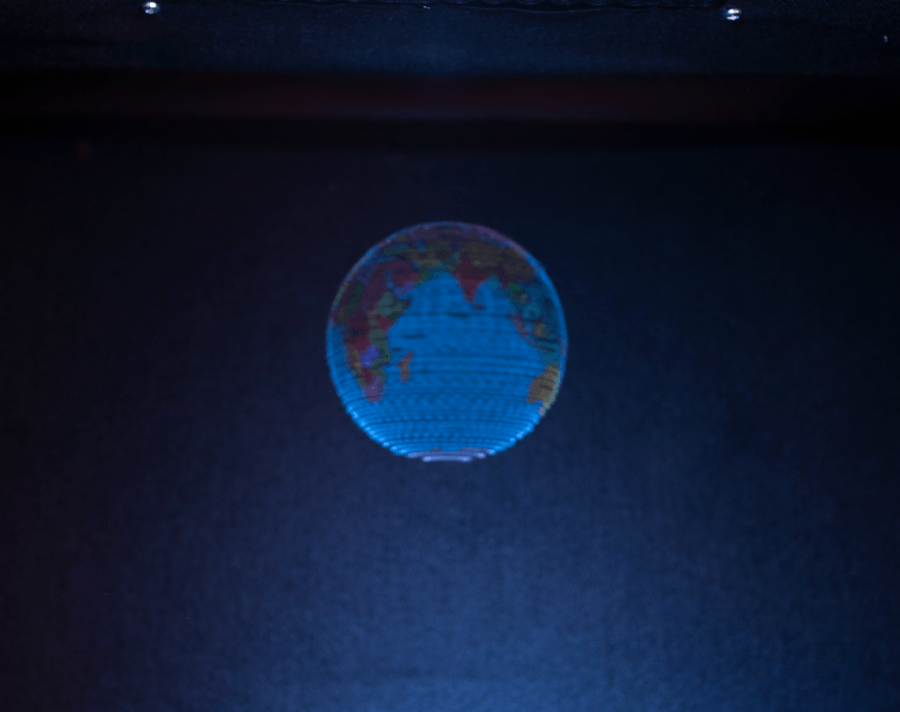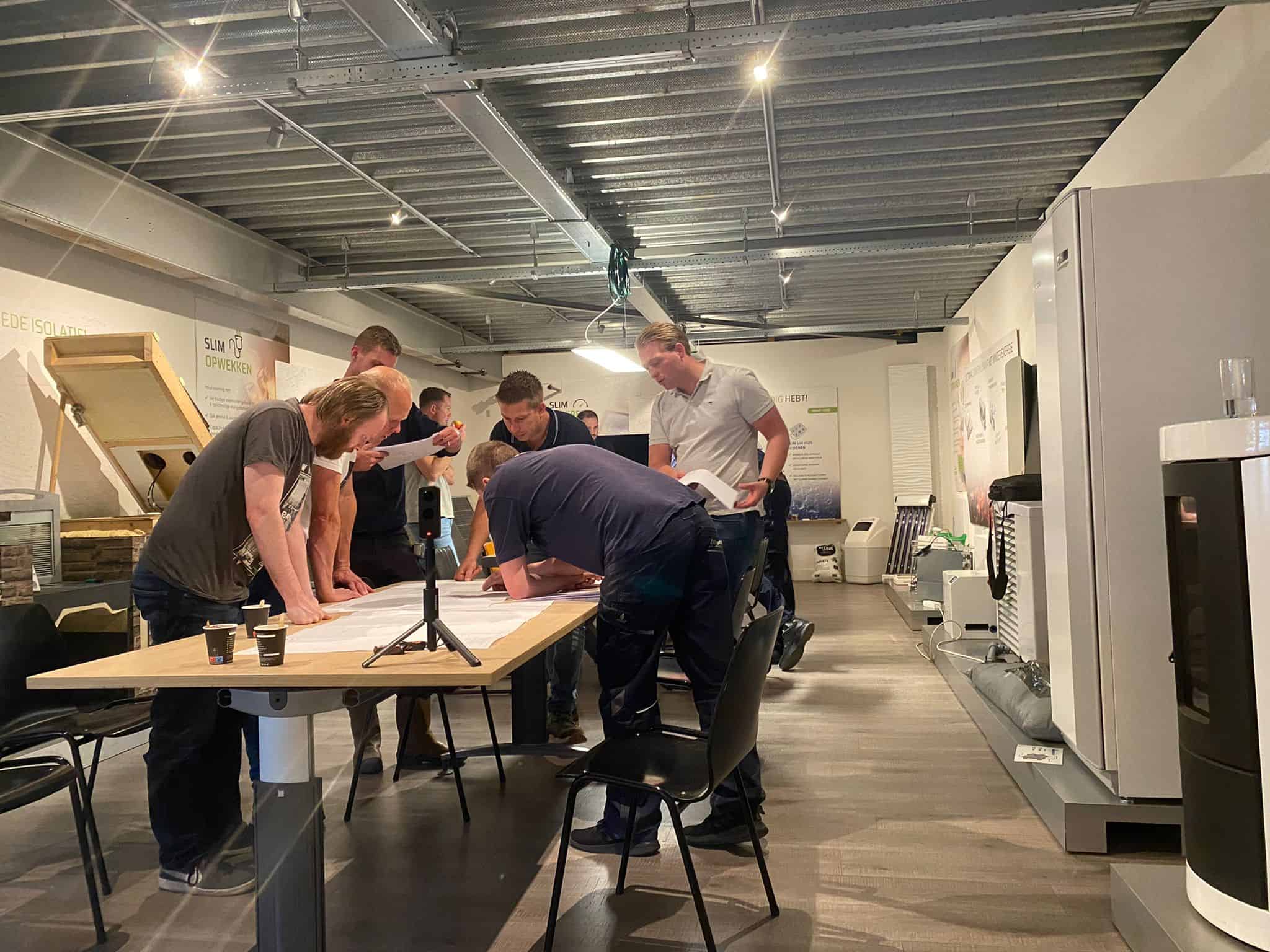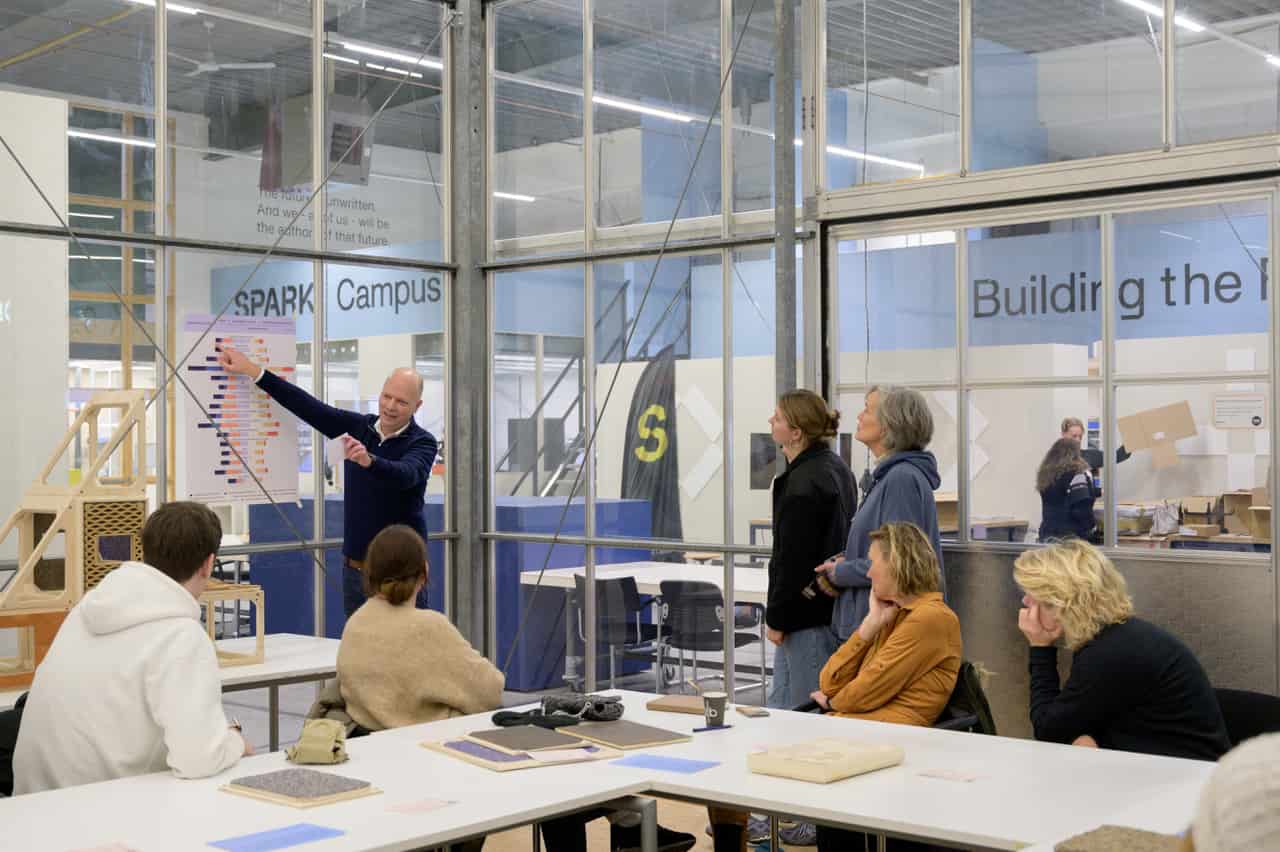
Holograms are part of everyday life in science fiction films and series such as Star Trek. On Captain Picard’s ‘Enterprise’ or on the ‘USS Voyager’, there are complete ‘holodecks’ where you can create any environment and any hologram you want. You are even able to physically communicate with them. On Voyager there is even a “Doctor” in sickbay – the Emergency Medical Holographic program (EHM). Just like a person, this hologram is capable of learning from his experiences. He has many other human qualities as well.
As far as technology has advanced in the 24th century, we are not quite that far yet in the 21st century. But scientists from the University of Sussex have come a step closer to holograms like those in Star Trek. For the first time, they have developed holograms that can be seen with the naked eye, yet can be felt and heard too. The Multimodal Acoustic Trap Display (MATD) is not yet able to respond to emergency calls and treat patients. Though this system can show a colorful butterfly, emojis and other images without the need for a ‘headset’ for Virtual Reality (VR) or Augmented Reality (AR).

Using sound waves to manipulate physical objects
“Our new technology takes inspiration from old TVs which use a single color beam scanning along the screen so quickly that your brain registers it as a single image. Our prototype does the same using a colored particle that can move so quickly anywhere in 3D space that the naked eye sees a volumetric image in mid-air.” says Dr. Ryuji Hirayama, a JSPS Fellow and Rutherford Fellow at the University of Sussex. He is also the lead author of the study published in Nature.
The holograms in Star Trek are comprised of photons and force fields. According to Hirayama, the researchers’ holograms in Great Britain are produced in a similar way. “To my understanding, the holograms in these fictional mediums are generated by bending and shaping light using force fields. Similarly, our technology uses sound waves to manipulate physical objects. In the case of generating holograms, these sound waves are able to move a bead fast enough to generate solid images, and are given color through an external light source.”
The MATD is modeled on the method that made free floating projections possible as early as 2018. Small particles were illuminated by laser beams which in turn produced a hologram. The MATD uses ultrasonic sound to hold a ball in a room, move it at breakneck speed. Then light it up with red, green and blue light to create a colorful image. With up to 100 position changes per second, the rapid movement through the room creates a 3D illusion.

Room for improvement
The MATD prototype is approximately the size and shape of a microwave oven. It is made up of 512 ultrasonic speakers arranged around a clear space. The resolution of the generated holograms is not very good at the moment. “The MATD was created using low-cost and commercially available components. We believe there is plenty of room to increase its capacity and potential,” Hirayama states.
Unlike the holograms that are currently being made, the hologram created by the MATD can also produce sound. It can even be felt in real life. “Even if not audible to us, ultrasound is still a mechanical wave and it carries energy through the air. Our prototype directs and focuses this energy, which can then stimulate your ears for audio, or stimulate your skin to feel content,” Dr Diego Martinez Plasencia, co-creator of the MATD and a researcher on 3D User Interfaces at the University of Sussex. “Our prototype sends and bundles this energy, which can then generate sound or touch our skin so that we are able to feel something. For example, an infrared sensor detects when a hand is approaching the hologram. The loudspeakers are then adjusted to concentrate sound pressure of more than 150 decibels onto that hand, allowing you to feel the hologram.
Revolutionary 3D display
“Our MATD system revolutionizes the concept of 3D display. It is not just that the content is visible to the naked eye and in all ways perceptually similar to a real object while still allowing the viewer to reach inside and interact with the display. “It is also the fact that it relies on a principle that can also stimulate other senses, putting it above any other display approaches and getting us closer than ever to Ivan Sutherland’s vision of the Ultimate Display.” Project leader Sri Subramanian, Professor of Informatics at the University of Sussex and a Royal Academy of Engineering Chair in Emerging Technologies) (Sutherland is the pioneer of VR techniques – ed.)

Practical applications
In order for the hologram to also be able to produce sound, the scientists had to adjust the ultrasonic waves. They did this in such a way that the relevant resonance effects were created in the hologram. Yet these sounds are still very basic. They are a long way from being anywhere close to speech. Nevertheless, Hirayama believes that this can certainly be improved upon. “Operating at frequencies higher than 40KHz will allow the use of smaller particles, increasing the resolution and precision of the visual content, while frequencies above 80KHz will result in optimum audio quality. More powerful ultrasound speakers, more advanced control techniques or even the use of several particles, could allow for more complex, stronger tactile feedback and louder audio.”
But these new holograms don’t just have an advantage when it comes to science and entertainment. The authors believe that the technology can offer interesting opportunities. Such as mixing chemicals without contaminating them. Or performing ultrasounds in tissues in order to administer life-saving medicines. As well as numerous ‘lab-in-a-chip’ applications.
And what are the odds for holograms like the HoloDoc in Star Trek? “Right now, our display manipulates a single particle to create holograms. Using multiple particles instead will allow us to create more complex holograms. Also, by modelling the dynamics of the moving particle more accurately, the particle would be able to move faster and more precisely, allowing the display to project more realistic holograms. We are going to keep working on such challenges one by one because I personally want to see holograms like the EMH one day!”







